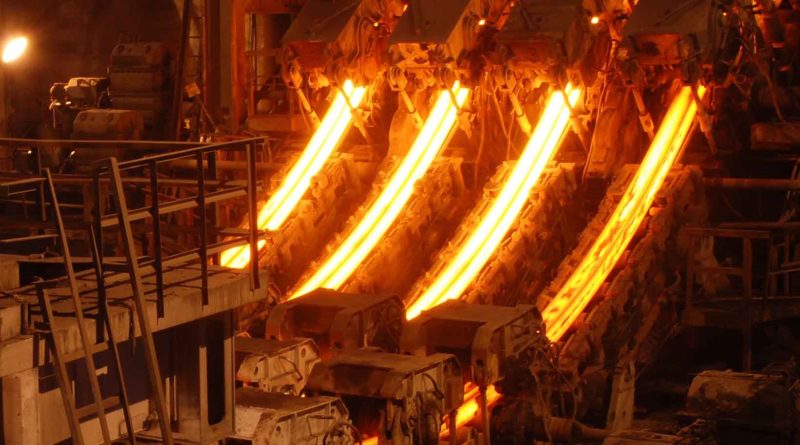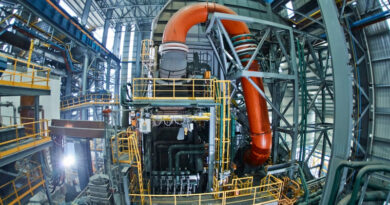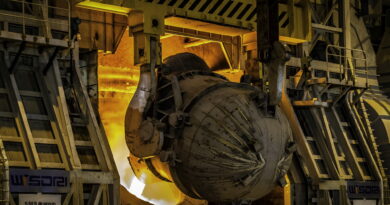Steelmaking capacity increases rapidly in the Middle East
Steelmaking capacity has increased rapidly over the past decade in the Middle East, from 33.1 mmt in 2010 to 65.1 mmt in 2019 (+96.7%). Rapid growth is expected to continue over the next few years mainly due to capacity expansions in Iran.
Steelmaking capacity could increase by an additional 19.6 mmt (+30.1 %) by 2022 compared with the level of 2019 if all the projects that are underway come on stream and in the absence of closures.
Looking at developments in Iran, a total of 2.8 mmt of steelmaking capacity started operations in 2019. The largest steelmaking project to come on stream was the Jahan Foolad Sirjan Steel Complex, where 1.2 mmt of capacity was installed in 2019.
Other notable projects include investments by Bistoun Steel, Arvand Jahanara Steel, and Kabkan Steel, each with steelmaking capacities of 0.25 mmt, 1.2 mmt,and 0.15 mmt, respectively. On the other hand, there have been some suspensions of projects, such as Aria Zob Steel and Arian Steel, which had originally planned to add capacities in 2019 but stopped construction due to financial issues.
Furthermore, Kish South Kaveh Steel, West Alborz Steel and Zarand Iron and Steel postponed to 2020 the start-up of new EAF plants with capacities of 0.2 mmt, 1.0 mmt, and 1.7 mmt, respectively.
Kavir Damghan Steel has also postponed (indefinitely) the start-up of a new EAF plant with a capacity of 0.2 mmt, which was originally planned for 2019. These developments indicate the potential uncertainties surrounding the implementation of investment projects.
However, assuming that all projects that are currently underway are completed as scheduled, Iran’s nominal crude steelmaking capacity would reach 54.4 mmt by 2022, i.e. an increase of 51% when compared to the capacity level of 36.0 mmt observed at the end of 2019.
This would mean that Iran would become the seventh largest steelmaking country in the world during this period. In view of the rapid capacity growth being observed in Iran, the Secretariat will make efforts to investigate trends occurring in that economy in more detail in subsequent reports.
Elsewhere in the region, Oman’s Moon Iron and Steel (MISCO) is building a new 1.2 mmt EAF plant, which is expected to be operational in 2020. At the same time, the construction of a new EAF facility with a capacity of 0.6 mmt by Saudi Arabia’s Gulf Tubing Company is facing delays due to financial issues.
Iraq’s United Brothers Holdings is installing new EAF facilities in Basra with the capacity to produce 0.5 mmt of crude steel, however, the completion time is unclear due to political instability in the country.




